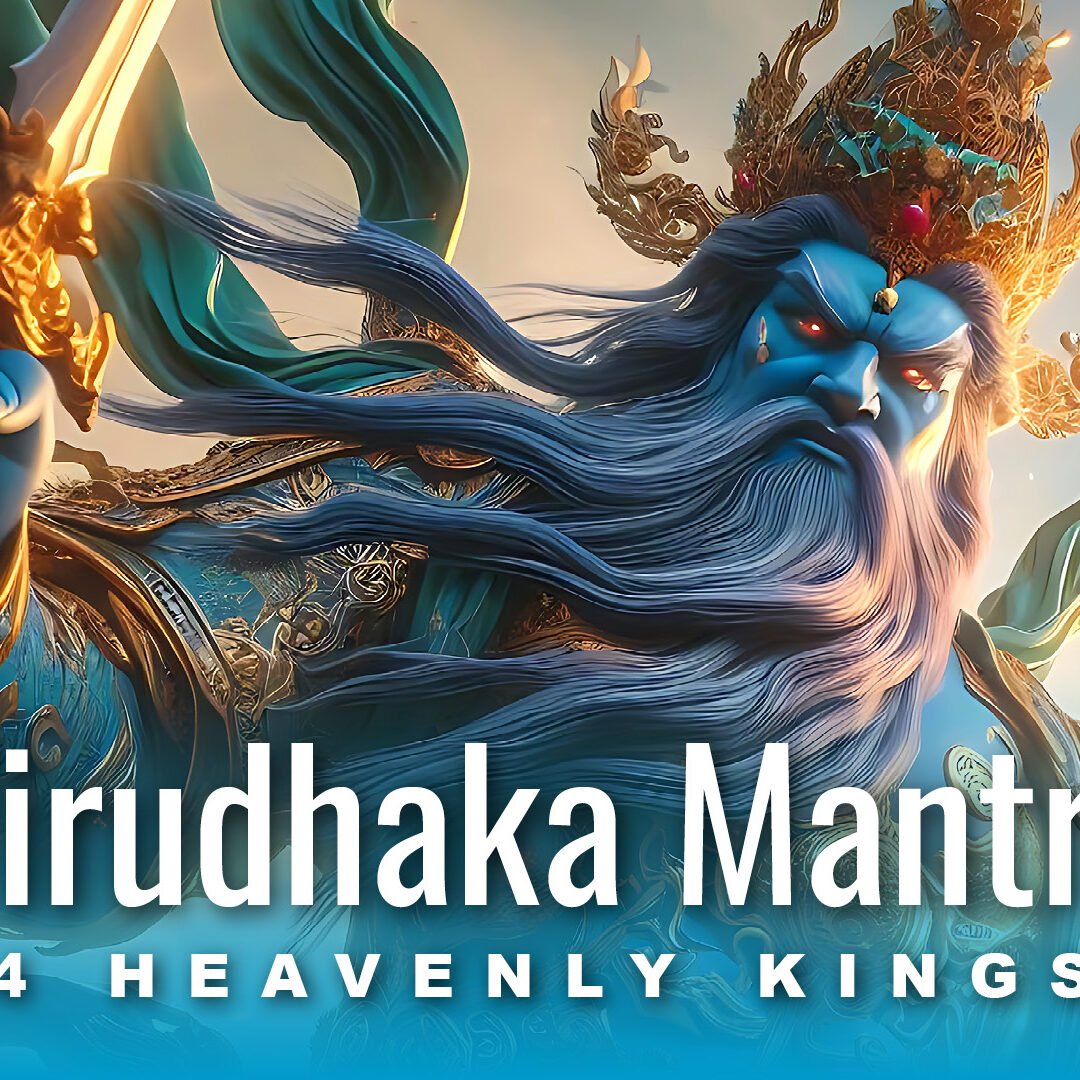Video: Bodhidharma Great One-Shoed Sage of Chan Zen: Four Epic Events and Four Teachings of “Few Words”
Aside from Gautama Buddha himself, no one rose to the level of epic, towering fame and Buddhist history greater than the one-shoed sage of Shaolin fame, Bodhidharma. Like Buddha, his life is both historical and legendary. Like Buddha, he was a prince who renounced the worldly.Bodhidharma not only brought Chan Buddhism to China, but he is also credited with Shaolin martial arts and a profound lineage of extraordinary teachings.
CONTENTS
00:00 One-Shoed Sage: Introduction
00:29 Founder of Chan / Zen Buddhism and Shaolin Martial Arts
01:24 The End of the Story: One Shoe and a Barefoot Sage
03:38 Beginning of the Story: Emperor Wu snubbed by Bodhidharma
06:04 Shocking teachings with no words spoken
06:38 Bodhidharma wall: staring at the cave wall for years
07:09 “I’d give up my right arm” (literally): Meeting Dàzǔ Huìkě 大祖慧可
08:52 He taught the monks martial arts for fitness and mindfulness
09:09 Bodhidharma’s Four-line teaching
10:11 Two Entrances and Four Principles teaching
The stories of his life sound both mystical and deceptively bland at the same time, like the legend of his one-shoed hike over the mountain pass, or the years of his life he spent staring at the cave wall. He became a famous teacher by using very few words. The few words he spoke were often riddles or rebukes.
He’s famous for cutting off his eyebrows to ensure he stayed awake when meditating. He taught stillness but inspired the rise of strenuous Shaolin martial arts. He reprimanded emperors for seeking fame, yet he, himself became one of the most famous people of his time. He would have thrown his other shoe at you if you told him he was famous.
You’re curious about the shoe, right? We might as well start this story at the end in that case. This is the ending of the story, but also the beginning. You’ve probably seen images of Bodhidharma hiking up a mountain pass with a pole on his shoulder, walking barefoot, his only remaining shoe hanging from the pole.
What made this incident famous was not that the great Sage was barefoot. It was all about the timing.At that time, the Chinese diplomat, Songyun was headed back to court, through a pass in the Pamir Mountains. On his way, he saw the Great Sage, who by now as famous in the area, climbing the pass, alone. What struck Songyun as odd, was that the sage walked barefoot on sharp rocks. His one shoe was hanging from a pole on his shoulder.
Respectfully he asked the sage where he was going. The answer suprised Songyun. The Sage said, “I am going home.” This puzzled the diplomat, since Bodhidharma had been in the area for as long as he could remember. When he tried to ask, Bodhidharma just abruptly told Songyun that the reason would become clear once Songyun arrived in Shaolin. Before he left, he instructed Songyun to keep the encounter a secret.
Of course, Diplomats aren’t known for keeping their mouths closed. As soon as he returned to the court, Songyun told the Emperor proudly, that he had encountered the great sage. The Emperor was enraged, and had the poor diplomat arrested for lying to court.
Poor Songyun found out, as he was hauled away, that Bodhidharma died one week earlier.Screaming and shouting his innocence, Songyun stood firm on his claims and the Emperor finally ordered the tomb to be opened, even though countless witnesses saw the Sage buried. Typical of Bodhidharma’s mysterious life, they found his tomb empty. The only contents were a single shoe. The other shoe was hiking across the mountains on the way to home.
Even Bodhidharma’s death became a riddle. The entire nation was transfixed by the astonishing story of Bodhidharma’s after-death pilgrimage. This was typical of Bodhidharma’s life. His every teaching was a challenge, a provocation, or a shocker.#buddhaweekly #buddhistteachings #bodhidharma #zen #buddhism
More articles by this author

VIDEO: Vajrapani Vajra Armor Mantra: Supreme Protection of Dorje Godrab Vajrakavaca from Padmasambhava

Buddhist body mandala practice in Vajrayana Buddhism — and riding the winds of the inner body “The prana goes where the mind goes.””
Search
Latest Features
Please support the "Spread the Dharma" mission as one of our heroic Dharma Supporting Members, or with a one-time donation.
Please Help Support the “Spread the Dharma” Mission!

Be a part of the noble mission as a supporting member or a patron, or a volunteer contributor of content.
The power of Dharma to help sentient beings, in part, lies in ensuring access to Buddha’s precious Dharma — the mission of Buddha Weekly. We can’t do it without you!
A non-profit association since 2007, Buddha Weekly published many feature articles, videos, and, podcasts. Please consider supporting the mission to preserve and “Spread the Dharma." Your support as either a patron or a supporting member helps defray the high costs of producing quality Dharma content. Thank you! Learn more here, or become one of our super karma heroes on Patreon.
Lee Kane
Author | Buddha Weekly
Lee Kane is the editor of Buddha Weekly, since 2007. His main focuses as a writer are mindfulness techniques, meditation, Dharma and Sutra commentaries, Buddhist practices, international perspectives and traditions, Vajrayana, Mahayana, Zen. He also covers various events.
Lee also contributes as a writer to various other online magazines and blogs.
















